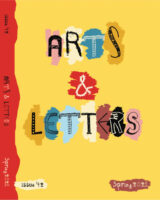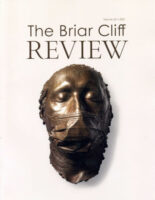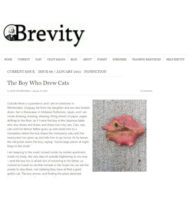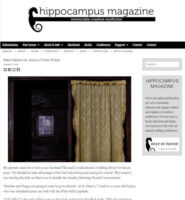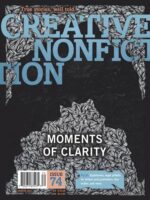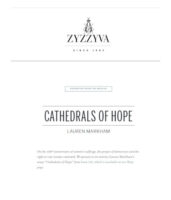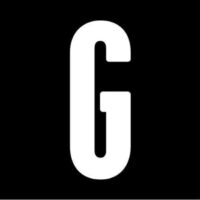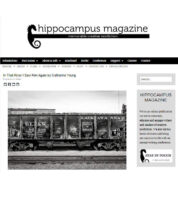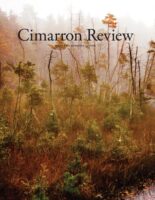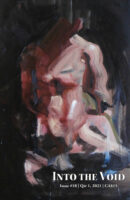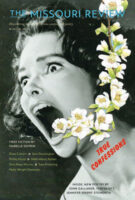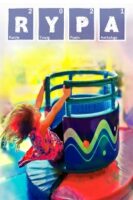 I am delighted each time the annual Rattle Young Poets Anthology appears wrapped in the package with the companion issue of Rattle. Over twenty poets ranging from age five to fifteen are featured in this year’s publication. It would be easy to fall into the trap of saying, “These are great poems for writers so young,” when the truth is quite simply: These are great poems. The opening work by Maria Arrango, “¿Identity?” which begins “El president Donald Trump said / they’re bringing drugs. They’re bringing crime. They’re rapists. // My brown sugar skin delicately / compresses me with warmth / as I try to understand / the anatomy of my body.” is the immediate indicator that these young poets hold their own among their elder peers. Age is indeed just a number.
I am delighted each time the annual Rattle Young Poets Anthology appears wrapped in the package with the companion issue of Rattle. Over twenty poets ranging from age five to fifteen are featured in this year’s publication. It would be easy to fall into the trap of saying, “These are great poems for writers so young,” when the truth is quite simply: These are great poems. The opening work by Maria Arrango, “¿Identity?” which begins “El president Donald Trump said / they’re bringing drugs. They’re bringing crime. They’re rapists. // My brown sugar skin delicately / compresses me with warmth / as I try to understand / the anatomy of my body.” is the immediate indicator that these young poets hold their own among their elder peers. Age is indeed just a number.
There are poems that disrupt the idea of idyllic youth, such as Matthew Burk’s “The Roller Coaster” and Maria Gil Harris’s “Like Magic,” as well as those that confront reality, like Adrianna Ho’s “Pasta Sandwiches in Quarantine” and Ivy Hoffman’s “Only Days Before Leaving for College, I Note the Existence of My Brother.” Some poems reach deep to connect imagery and emotion: Ha Trang Tran’s “A Love Letter for Home,” imagining a “grand return” to Hà Nộ, and Hannah Straub’s “Cadillac Mountain” with haunting lines like, “Though I was not falling / I was stumbling, in the way I clung to people / I could not reach, memories as useless / As the wire guardrails.” And there are plenty of works that raised a smile through their intellectual rhetoric, like “The Weight of Heavens” by Emma Hoff, which begins with the barb, “Was the minotaur / Really / A monster?” Kakul Gupta’s “Ten Haiku” are each effective meditations, and Mackenzie Munoz’s “Catching Dreams” reaches the metaphysic, while other works were just plain fun, like Paul Ghatak’s “Counting to One,” Grant’s “Lions Roar,” and Melissa A. Di Martino’s “Saive Me By Thes Wendrous.” Shreya Vikram’s “DIY Project” is the kind of poem that can only be experienced, and with good reason, as, in response to the Contributor’s Note question, “Why do you like writing poetry?” Vikram’s answer begins, “Without poetry, I’d waste language.”
For any readers out there with young writers in your circle, please introduce them to Rattle and this annual collection. It’s essential for young writers to connect with other young writers and find encouragement for their own reading, writing, and submissions. For more resources, check out the NewPages Young Writers Guide to Publications and NewPages Young Writers Guide to Contests.
[It is challenging to include mention of every work in a review, but I want to acknowledge the remaining poets from this collection and commend them for their contributions, all of which brought me immense pleasure to read: Natalia Chepel, Natalie Friis, Kevin Gu, Jessie Johnson, Dahee Joy Kang, Chloe Lin, Naomi Ling, Joseph Miner, and Perry Sloan.]


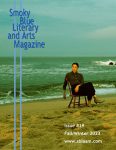
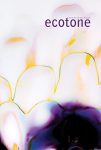
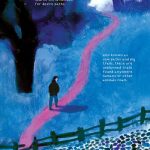
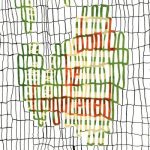
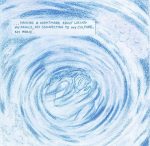
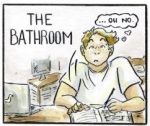
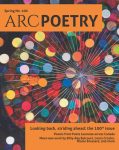
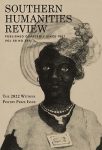

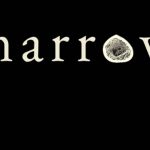

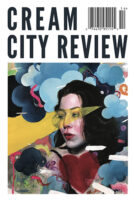

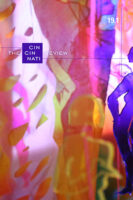
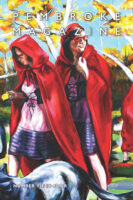
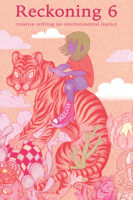


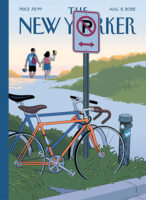
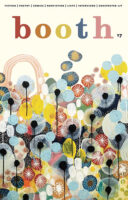
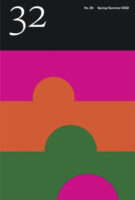


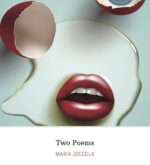
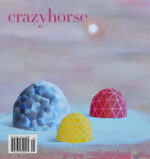

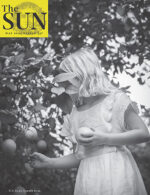
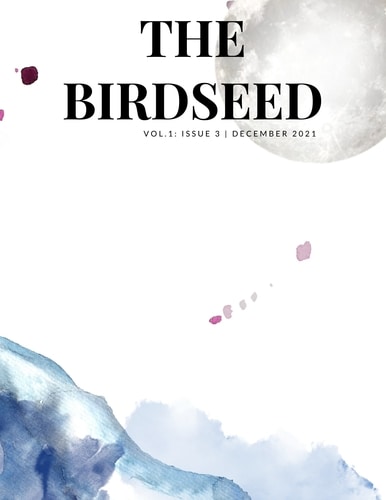
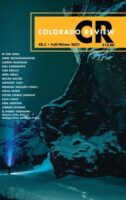


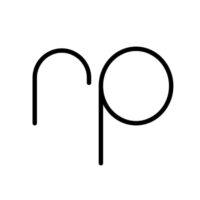
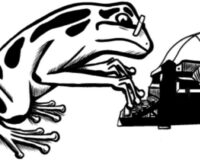
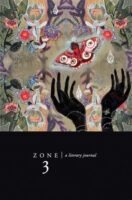
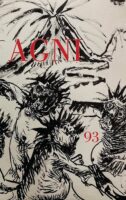
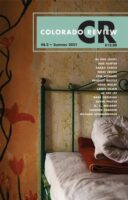
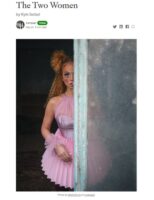
 I am delighted each time the annual
I am delighted each time the annual 